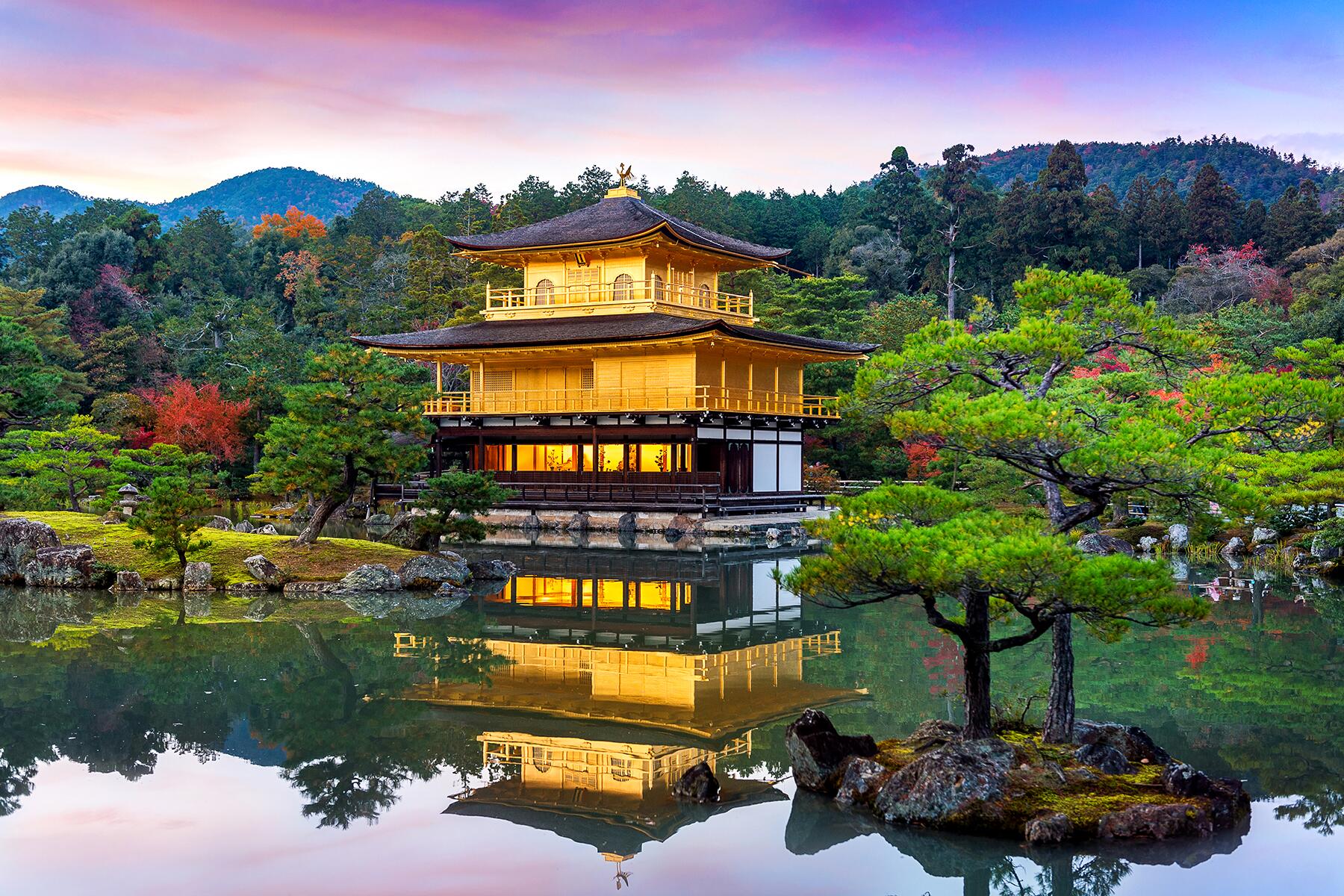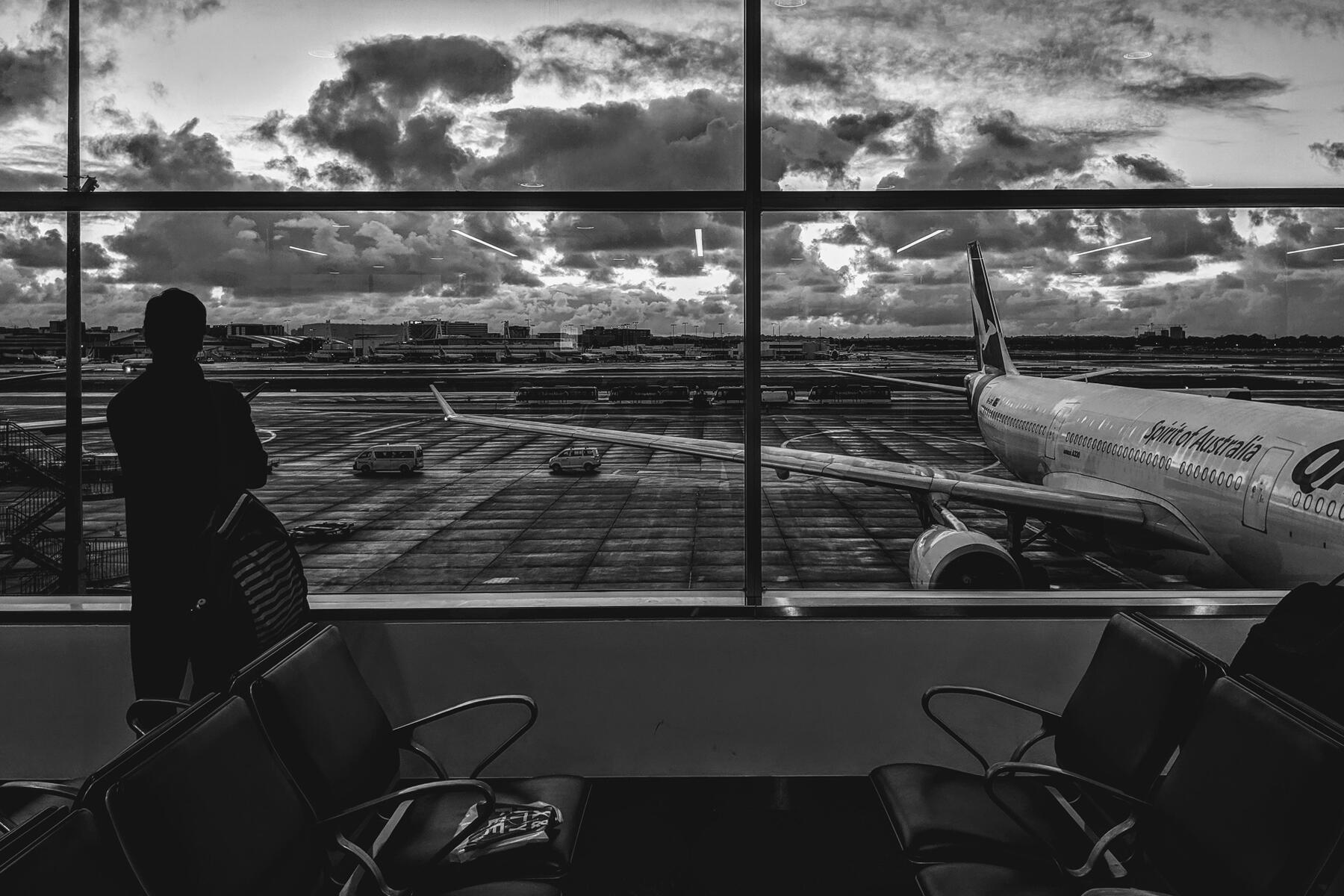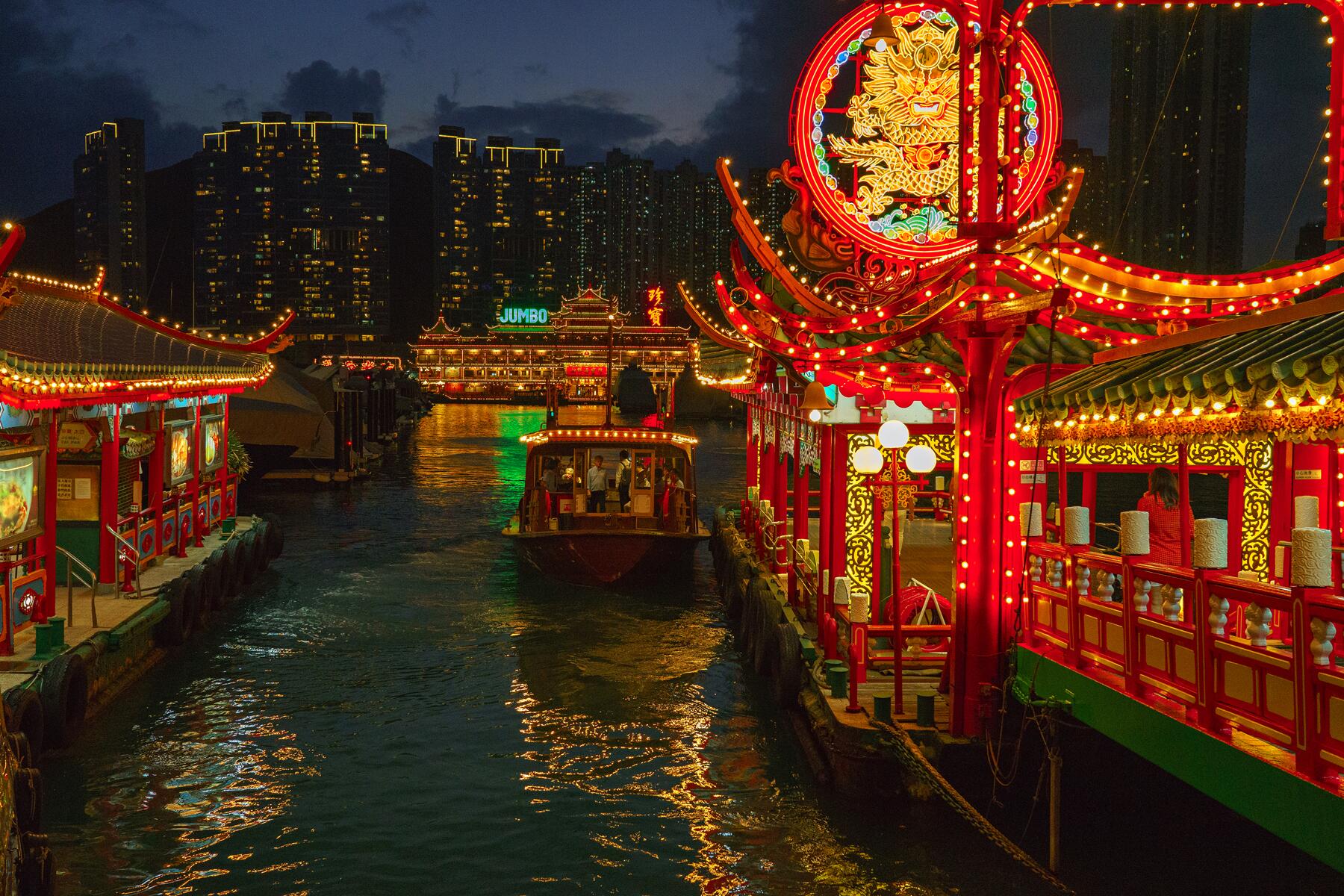The drastic ways COVID-19 is impacting remote resort communities.
“The first sign that the tide was turning was when the resort where we were staying closed their hot tubs,” recalls Janet Malin, a mother of four from Tampa who was on spring break with her family in Banff, Alberta. The family was spending their vacation skiing the SkiBig3 ski resorts in mid-March as the threat of the rapidly spreading coronavirus started to shutter tourism facilities in the area.
“Every day after skiing, guests would come for a soak and talk about rumors of closures in town and on the slopes,” she says, “The first of the three major ski resorts in Banff (Norquay) closed on Monday (March 16), then we knew the rest were just on borrowed time.”
By Tuesday, March 17, it had been announced that effective March 18, all ski resorts in Alberta and British Columbia would be closed. A day later, Malin and her family were on a flight back to Florida, their spring break cut short and their ski gear hung up to dry for the season.
By then, a similar scenario had already played in much of the U.S. and across Europe. On March 14, Colorado Governor Jared Polis had declared all of the state’s ski area’s closed by executive order. Switzerland also closed all of its ski resorts that same day, with Norway and Austria having already beaten them to it in Europe. By Sunday, March 15, Utah, too, had closed all of its ski resorts.
Recommended Fodor’s Video
“As of now, every ski resort in Colorado is currently closed and several have announced they’re down for the season,” says Chris Linsmayer, Public Affairs Director at Colorado Ski Country USA, which counts 23 of the state’s ski areas under its umbrella (the other resorts in Colorado are run by Vail Resorts or smaller municipalities). And while several resorts chose to “suspend” operations rather than close for the 2019/2020 season (Arapahoe Basin, which has an especially late closing date in early June, is among them), any re-openings that could potentially occur this season would be on a very limited basis, says Linsmayer—and only with the co-operation of local health authorities, law enforcement and other entities.
It’s too early to talk much more about that right now. But tourists interrupted mid-Spring Break are hardly the only ones who’ve found themselves scrambling to get home after the announcement of resort closures. Everywhere from ski mountains in Alberta and British Columbia to resorts across Colorado and Utah, seasonal employees—everyone from lifties and trail maintenance crews to cafeteria workers and housekeepers—have suddenly found themselves laid off. In many of these places, resorts often keep seasonal workers into early May and possibly longer. Suddenly, with the onslaught of the pandemic, countless people were sent scrambling to get home to their far-flung corners of the globe before travel risked becoming further limited.
Resorts have distributed thousands of pounds of food to employees, with some even waiving rent fees for seasonal international employees who were unable to get home.
Many resorts have taken measures to refund or provide future travel credit for guests whose vacations were sidelined during this event—and resorts have taken measures, too, to avoid leaving their seasonal workers stranded. Across Utah at resorts like Snowbird, Brian Head Resort, and Deer Valley, seasonal employees were paid for a week and sometimes longer past the announced resort closure date, according to Anelise Bergin, Director of Communications for Ski Utah. And resorts have distributed thousands of pounds of food to employees, with some even waiving rent fees for seasonal international employees who were unable to get home.
Among other initiatives, Vail Resorts, which closed all 34 of its North American ski resorts, has prioritized maintaining healthcare for seasonal employees in these uncertain times, according to Sara Lococo, Senior Communications Manager for Vail Resorts. Health benefits have been extended through April at no cost to employees who are currently enrolled.
And in the wealthy enclave of Aspen in Colorado, the City of Aspen has already contributed $200K and Pitkin County another $1 million more toward relief efforts that extend to rent relief, mental health help, and other initiatives. Aspen Snowmass Ski Resort has also waived all rent for April for employees living in employee housing, according to Jeff Hanle, Vice President of Communications for Aspen Skiing Company. Meanwhile, in Aspen and other ski towns across North America, the snow continues to pile up in what has been an epic season at resorts that would normally be packed with visitors at this time of year.
Kelly Bastone, a writer in Steamboat Springs, CO, remembers the strange scene the day after Steamboat Ski Resort, her home mountain, closed. “There were still loads of visitors in town, and many of them were milling idly around the base area,” she recalls, “Some had purchased sleds, and were hiking up the ski runs and sliding back down. A few were pushing their toddlers around on skis. Probably, those kids had expected to be in ski school.”
“Over the next few days, the sidewalks downtown were jammed. All those visitors had nothing to do but shop and eat,” Bastone says, “Locals, meanwhile, looked for ways to keep exercising. A lot of us used our alpine touring gear to ski up the slopes (and back down).”
On Thursday, March 26, however, following the governor’s announcement of a stay-at-home order to begin that day across the state, Steamboat closed all uphill access to the mountain, too.
“We are advising people to be careful of what they do, think long and hard, and be very safe about it.”
Uphill skiing (read: no lift access up the mountain and, with ski resort operations all currently stalled, no groomed runs) is still being allowed at a limited number of resorts in Colorado, Utah, and elsewhere (including at Aspen Mountain and Alta Ski Area). But there are several reasons why it may not be a good idea for visitors who may still be in the ski areas—whether riding out their vacation or sheltering in place—to partake in this form of recreation. One reason is the inherent danger in skiing in areas that are not serviced by ski patrol and trail crews, as is the case at all closed resorts right now.
“Anyone who is considering uphill travel at a resort should treat the resort terrain the same as backcountry terrain and should have proper safety equipment and a thorough education and knowledge of navigating avalanche terrain,” says Bergin.
The pressure on local health care facilities in small and often remote mountain towns during the pandemic is another important factor to consider if you’re thinking about visiting them anytime soon.
“We are advising people to be careful of what they do, think long and hard, and be very safe about it,” says Linsmayer, “Local public officials want to avoid a situation where an accident (on the mountain) takes resources that could be used to responding to (COVID-19) locally.”
In Wyoming, Jason Williams, who owns Jackson Hole Wildlife Safaris, is also urging anyone who would consider visiting Jackson Hole anytime soon to reconsider.
“While our small hospital is excellent, it is not equipped to support our entire local population and the traveling public during a health crisis.”
“In Jackson Hole we have about 20,000 residents in the entire valley and a large extended population that live in surrounding townships,” he says, “While our small hospital is excellent, it is not equipped to support our entire local population and the traveling public during a health crisis.”
Before too long, of course, ski season in the Northern Hemisphere will give way to what locals often call “mud season.” And then, the fleeting and treasured window of summer will arrive in some of the most beautiful mountain towns on Earth (that ski town adage that people come for the winters and stay for the summers is as true as any). But much still lies to be seen with the spread of COVID-19. And it’s too early to say how summer travels will be affected around the country and across the planet. “I would highly encourage visitors to listen to local advice and wait until the destination itself announces they are open to business,” says Williams.
Even ski resorts in the Southern Hemisphere are tempering expectations while at the same time moving forward with staffing for the season. As of now, Ski Portillo in Chile plans to open on June 27 for the 2020 season, according to its website—but the resort is also offering guests the option to rebook for 2021 or get a refund on this year’s deposits.
Says Linsmayer in Colorado, “If (resorts) are in a position to have a reopening later in the season, it’s going to be a limited, lifts-only sort of situation.” In other words, don’t expect your favorite on-mountain restaurant do be whipping up fondue and proffering a wool blanket during a moonlit sleigh ride up the mountain, as it was just weeks ago.
But for those who love winter sports and that after-glow that only a dream downhill run can deliver, it’s really always been about the skiing (and snowboarding) anyway.
“I think the biggest thing is the ski industry is a glass-half-full industry,” says Linsmayer, “We certainly will be open again for it as soon as we’re able.”




